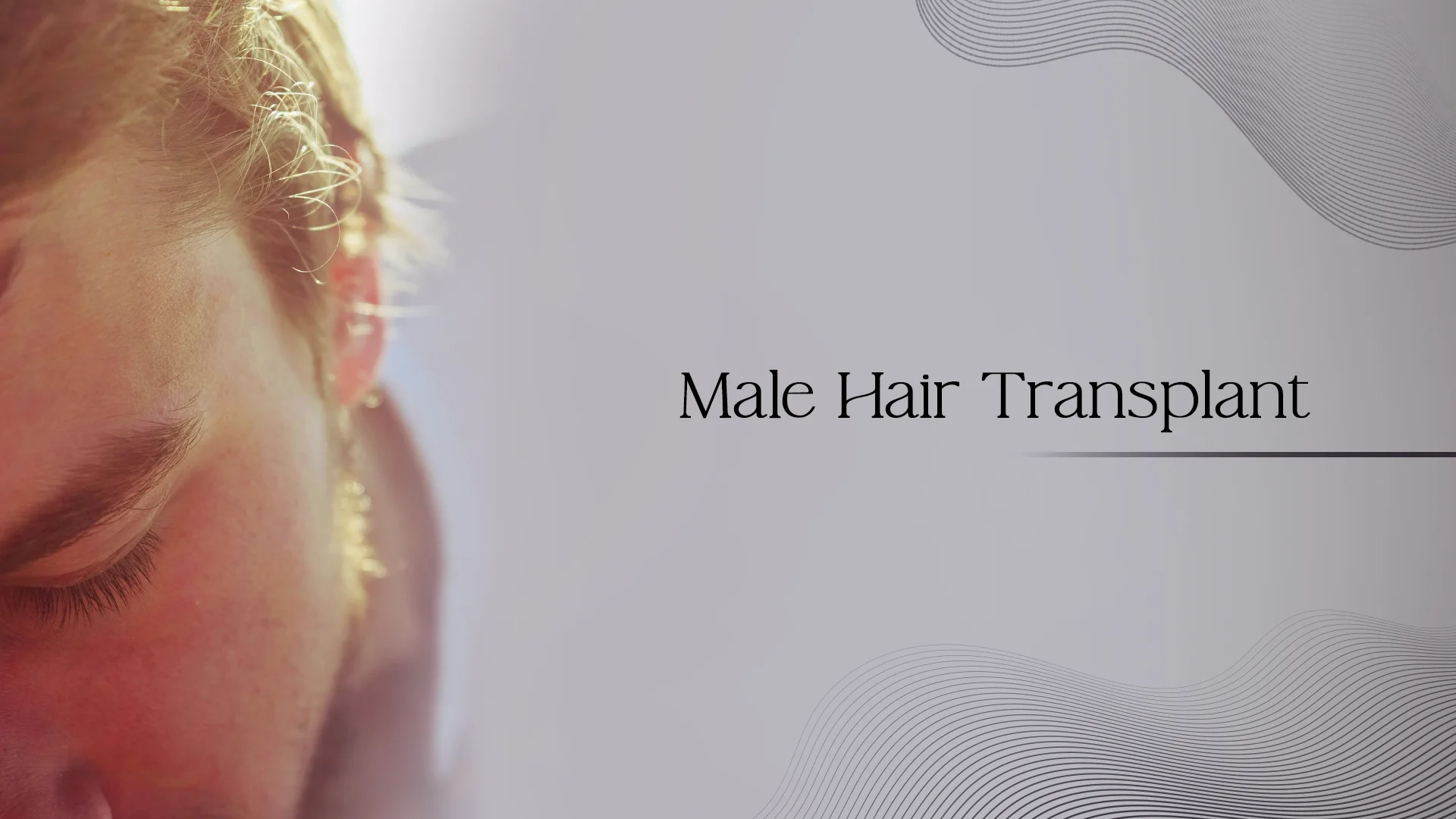
Male hair transplant is one of the most successful and commonly performed surgery in this day and age. Typically male patients of age between 25 to 55 undergo this procedure.

In these day and age its difficult to find a women who can deny hair loss at some point of time in their life.Apart from genetic changes hair loss in female has been attributed to internal factors such as changes in metabolic status
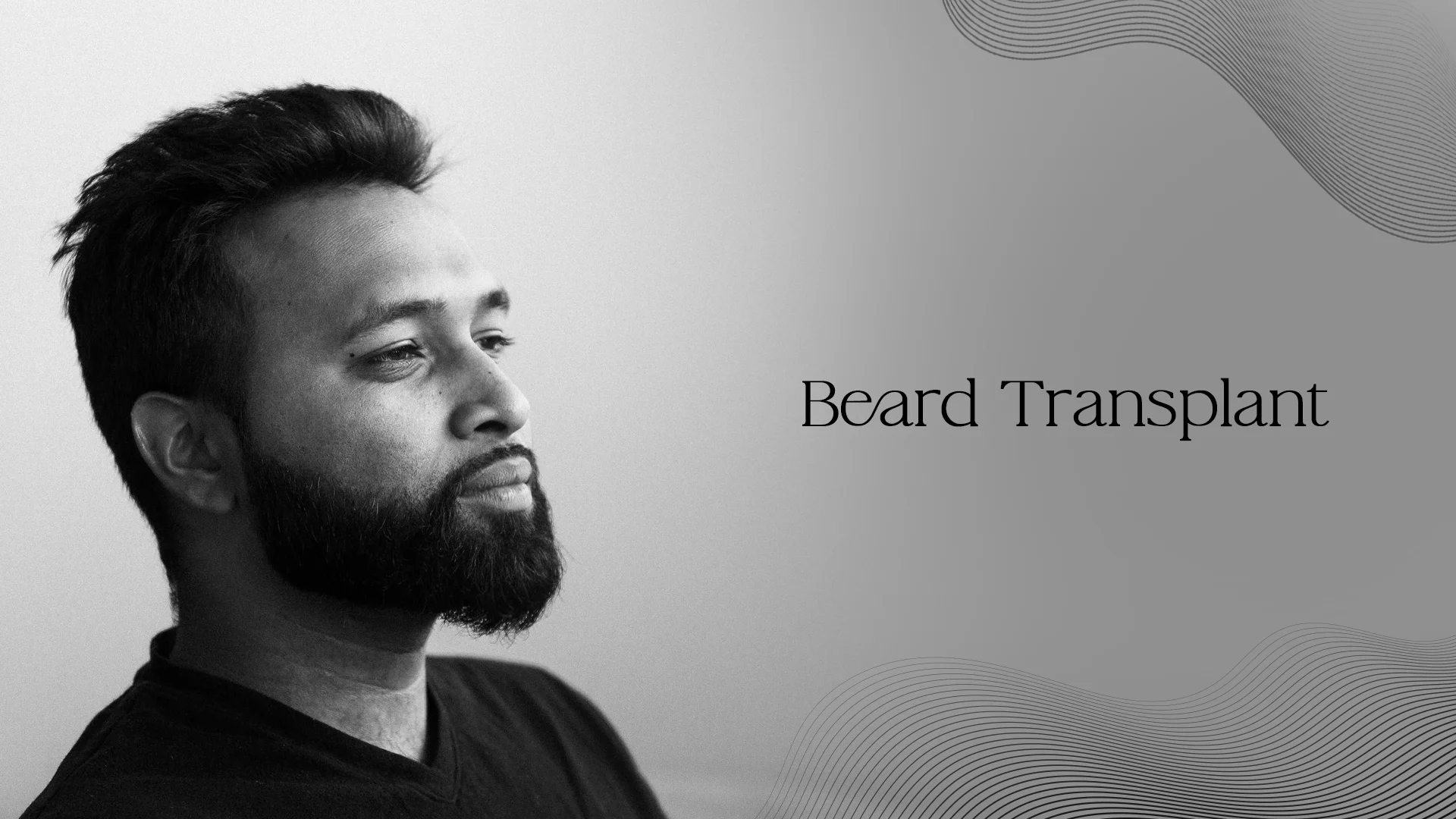
There is growing demand of hair transplant on the face specially the beard and the moustache region. The males are specifically looking out for moustache and the beard transplant
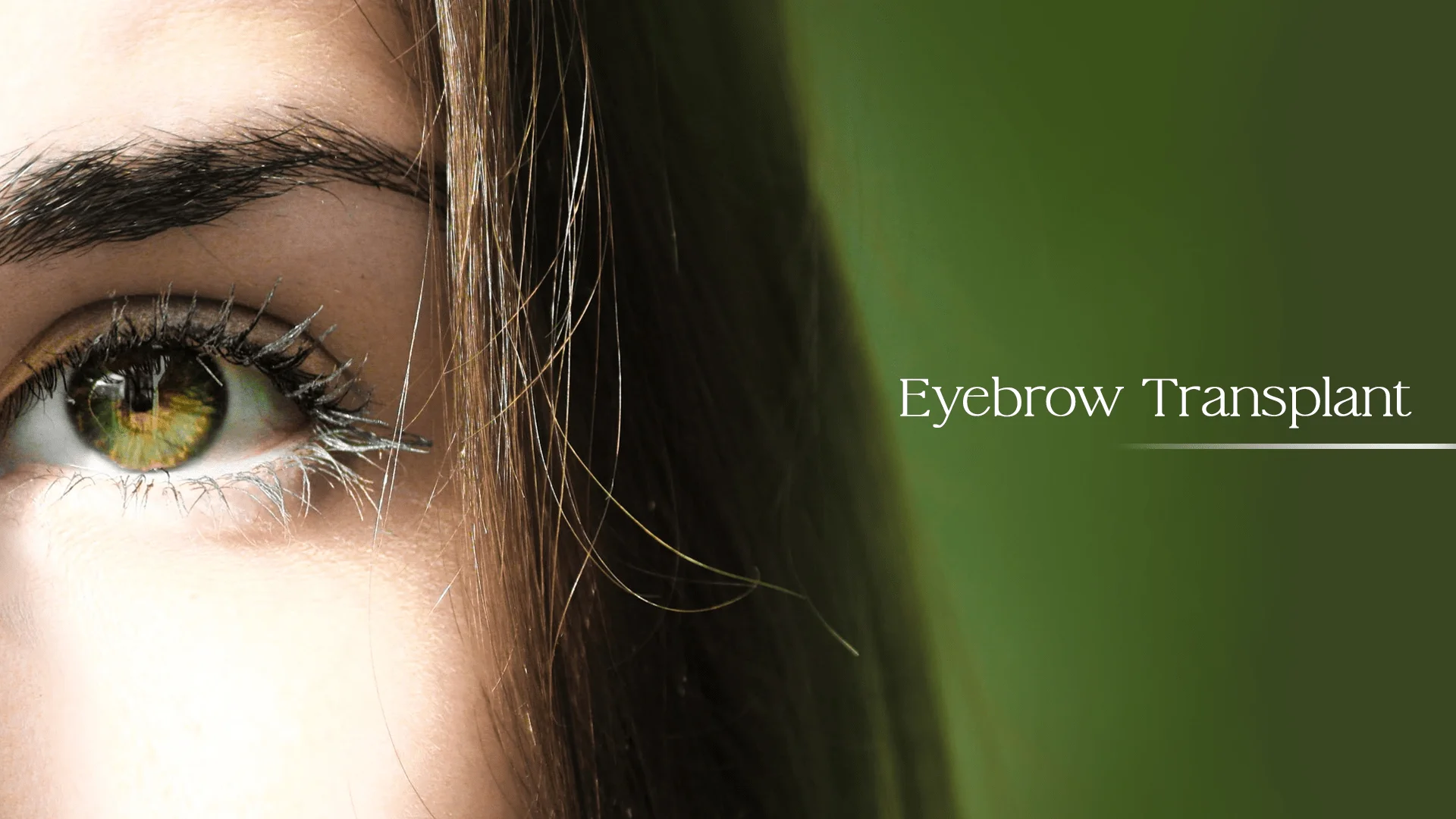
Eyebrow hair transplant is the best possible permanent solution for patients with inherently sparse eyebrows or for any post traumatic eyebrow loss.
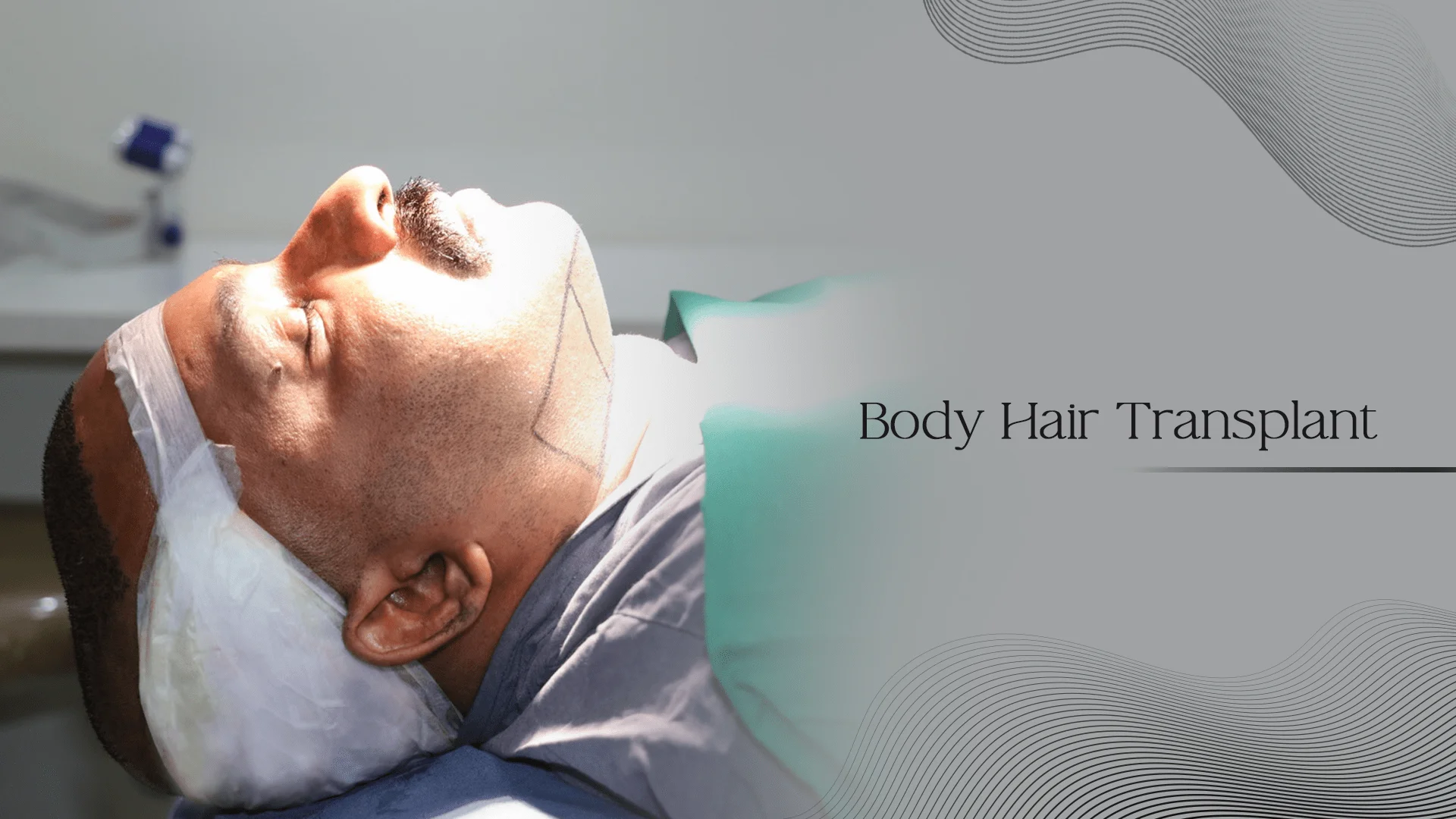
There is no form of hair restoration surgery more satisfying then body hair transplants. In body hair transplant we harvest hairs from beard & chest region and transplant
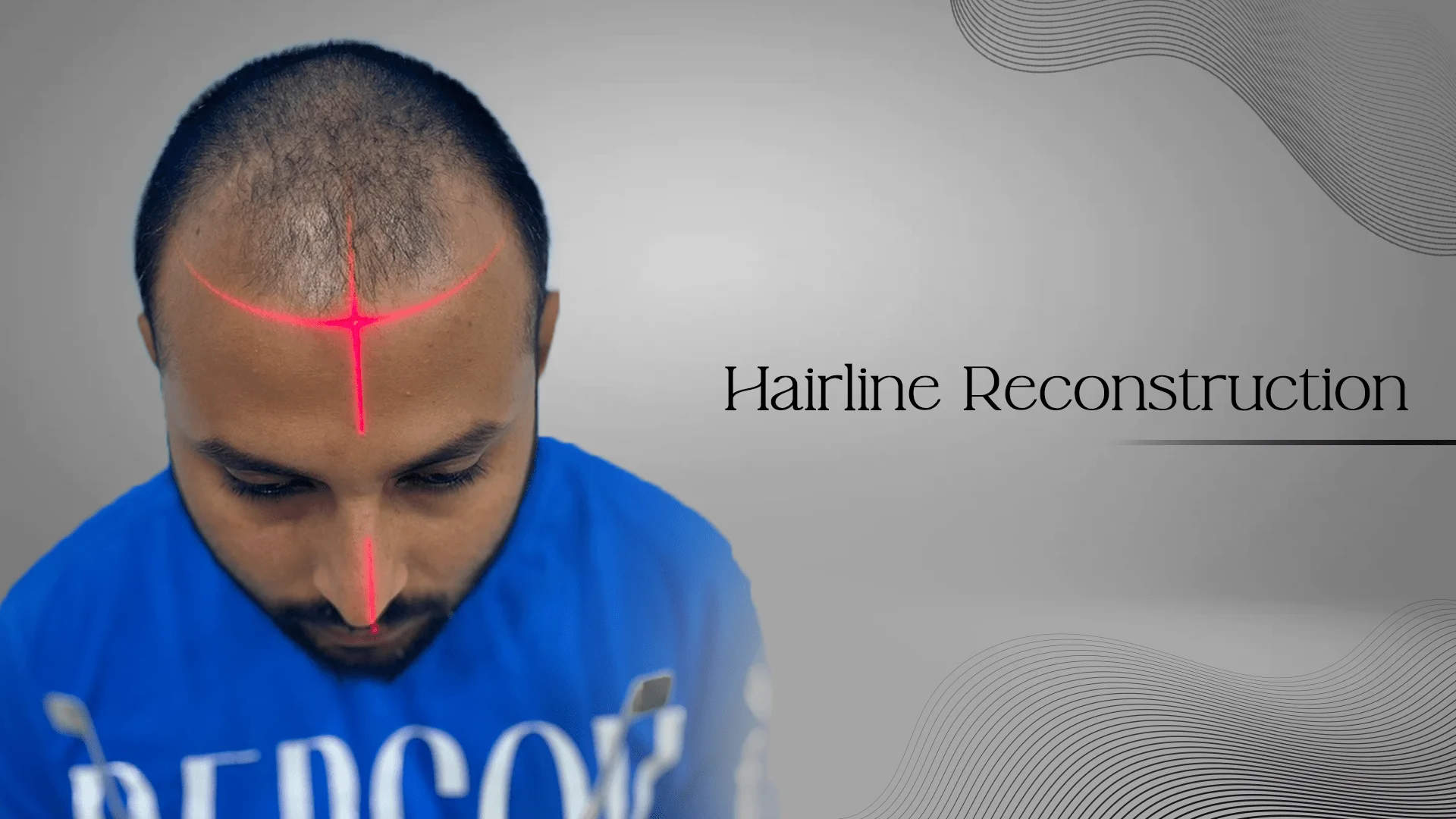
The most important area in hair transplant is restoration of hair line.A hairline is the most conspicuous aspect of a hair restoration surgery

Eyelash transplant is a special technique in which the hairs are transplanted from scalp to eyelids to get denser eyelash.
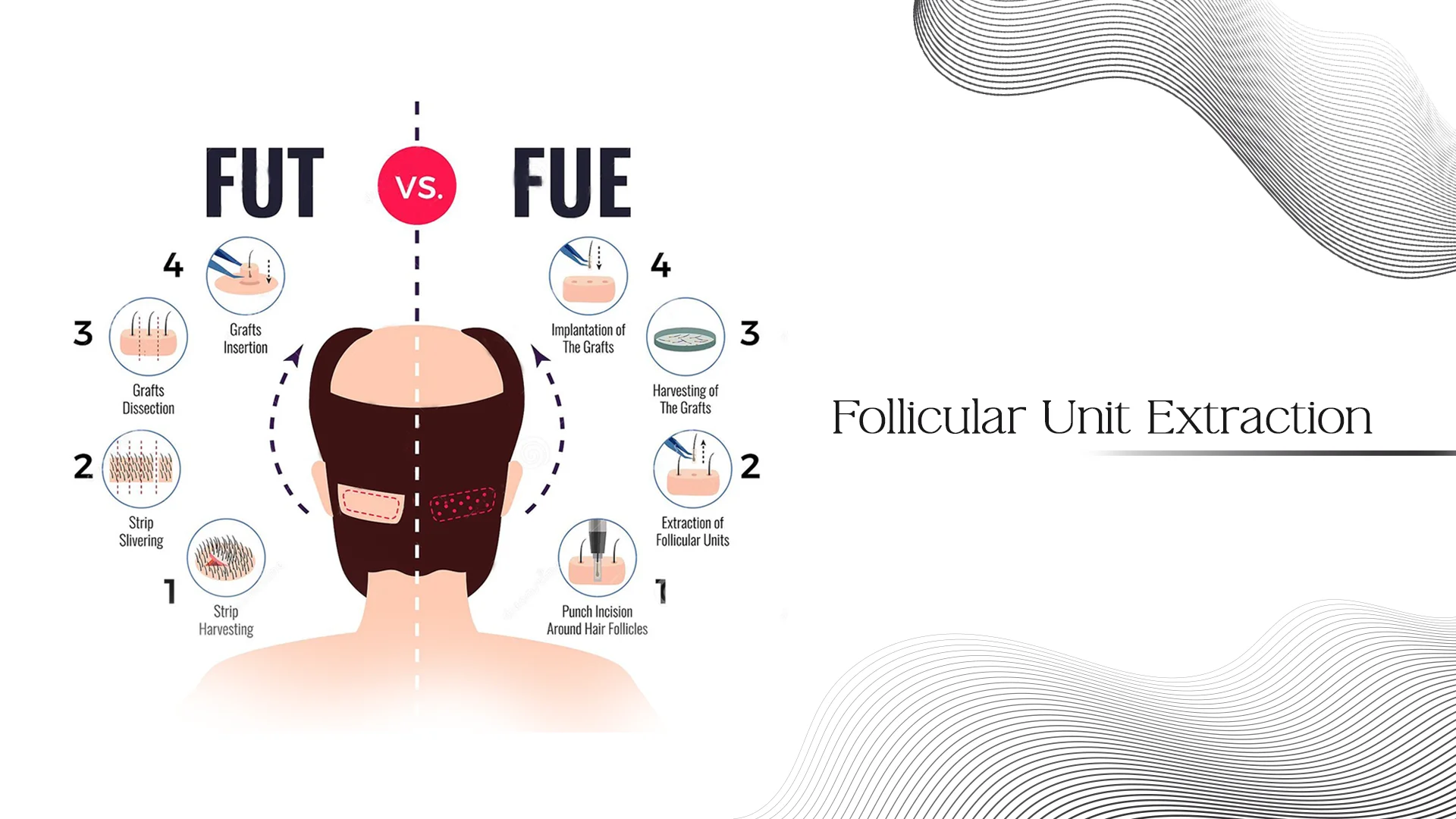
Follicular Unit Extraction (FUE)
Follicular unit extraction is method of graft harvesting in which individual follicular unit is removed from the donor area.
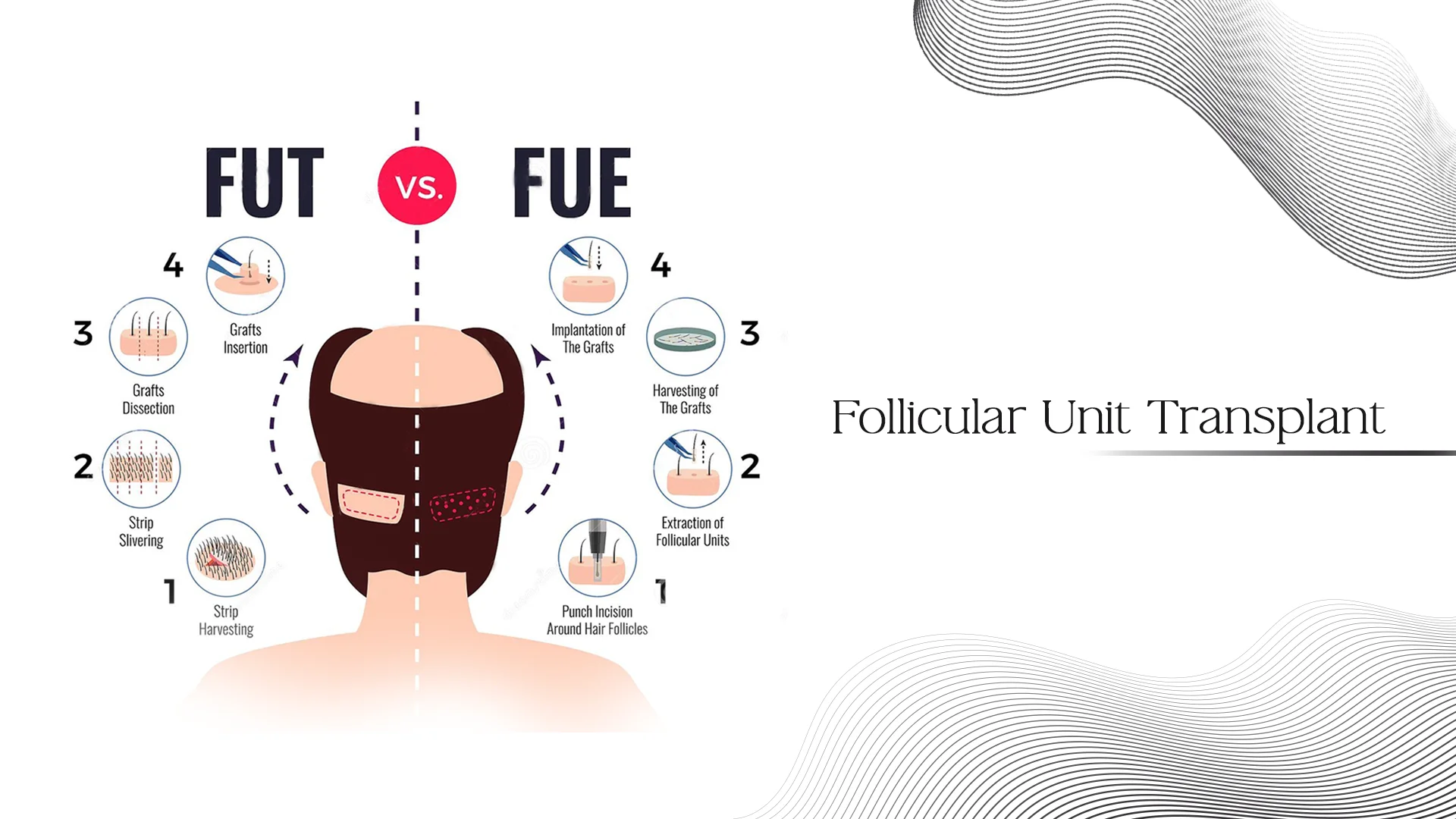
Follicular Unit Transplant (FUT)
FUT is a technique in which a strip of scalp is taken out and slivering of that strip is done to dissect out individual follicular units.
A hair transplant is a surgical procedure that involves moving hair follicles from one area of the body ( "donor site") to a bald or balding area of the scalp ("recipient site"). The goal of the procedure is to restore hair growth to the recipient site and improve the appearance of thinning hair.
Hair transplants can be an effective solution for people with male-pattern baldness, female-pattern baldness, or other types of hair loss. However, it is important to note that hair transplants are not suitable for everyone, and the results may vary from person to person. Before considering a hair transplant, it is important to speak with a qualified hair transplant surgeon to determine if the procedure is appropriate for you. The surgeon will assess your overall health, the extent of your hair loss, and your hair type and density to determine if you are a good candidate for the procedure.